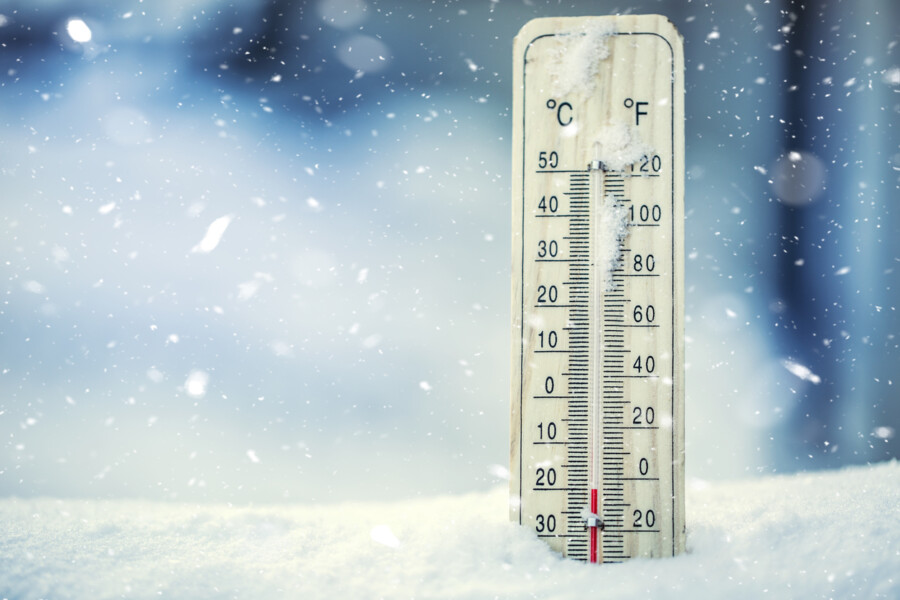Does Cold Weather Harm Varicose Veins?

Cold weather may not be as harmful to veins as hot, but you still need to take care of your varicose veins when temperatures drop.
Compared to people in the rest of the U.S., Texans enjoy a generally warmer climate. But the recent cold spell in the Lone Star State underscores the reality that temperatures can plummet unexpectedly, even in the sunniest of landscapes. If you suffer from varicose veins, you may wonder how this drop in degrees affects your veins.
While hot temperatures can negatively impact varicose veins and cause pain and swelling, colder temperatures can also aggravate varicose veins. Knowing those factors and how to care for your veins when temperatures drop will keep your circulatory system humming year-round.
How Cold Weather Affects Veins
During the summer months, hot air dilates and enlarges already swollen varicose veins, which causes more discomfort as blood struggles to push back to the heart. On the other hand, cold temperatures constrict the veins and force blood to flow upward, thereby lessening swelling and pain. That should, in theory, benefit varicose veins. Yet, several factors unique to wintertime could have an adverse effect on varicose veins. Here’s why:
You’re Less Active. When temperatures plunge, you’re less likely to exercise outdoors or feel motivated to go to the gym. Because calf muscles help pump blood in the leg veins, skipping your regular workouts will only increase your discomfort if you have varicose veins. As difficult as it may seem, try to exercise as much as you would during the warmer months. At-home yoga or a brisk walk in the park invigorates your muscles and improves circulation.
Your Diet Changes. Although it’s natural to crave comfort foods in the colder months, those same meals come with a high fat and sodium content. That leads to weight gain and water retention, which, in turn, puts more pressure on your overburdened varicose veins. Take the pressure off your veins by eating healthy, low-salt fare such as colorful fruits and vegetables that possess anti-inflammatory properties that strengthen vein walls.
Your Veins Work Harder. As mentioned previously, cold weather squeezes the veins, making it easier for blood to flow. At the same time, however, those same atmospheric changes slow down circulation, forcing veins to work harder to pump blood. In normal veins, this may not be a problem. For those who have already compromised varicose veins, less efficient blood circulation could exacerbate symptoms.
If you notice more pain and swelling in your varicose veins in the cold weather, take some simple steps to reduce the discomfort. Set aside time each day to elevate your legs for 20 minutes. This action will direct blood flow to the heart. A pair of compression stockings will squeeze the veins and encourage proper circulation. (An added bonus: compression stockings add a layer of warmth in the cold.) And as you would any time of year, exercise regularly and eat a healthful diet to maintain strong veins.
The Time to Treat Your Veins is Now
The winter months may be the best time to explore treatment options for your varicose veins. The vein specialists at Center for Restoration offer a variety of therapies that can be performed now and get you ready for the summer months. Contact us today at our Austin offices for a consultation with our Austin-based physician, Dr. Aditya Gupta. She is board-certified in Internal Medicine, Venous, and Lymphatic Medicine.
7900 Farm to Market Road 1826
Building 1, Suite 170
Austin, TX 78737
11111 Research Boulevard
Suite 201
Austin, Texas 78759